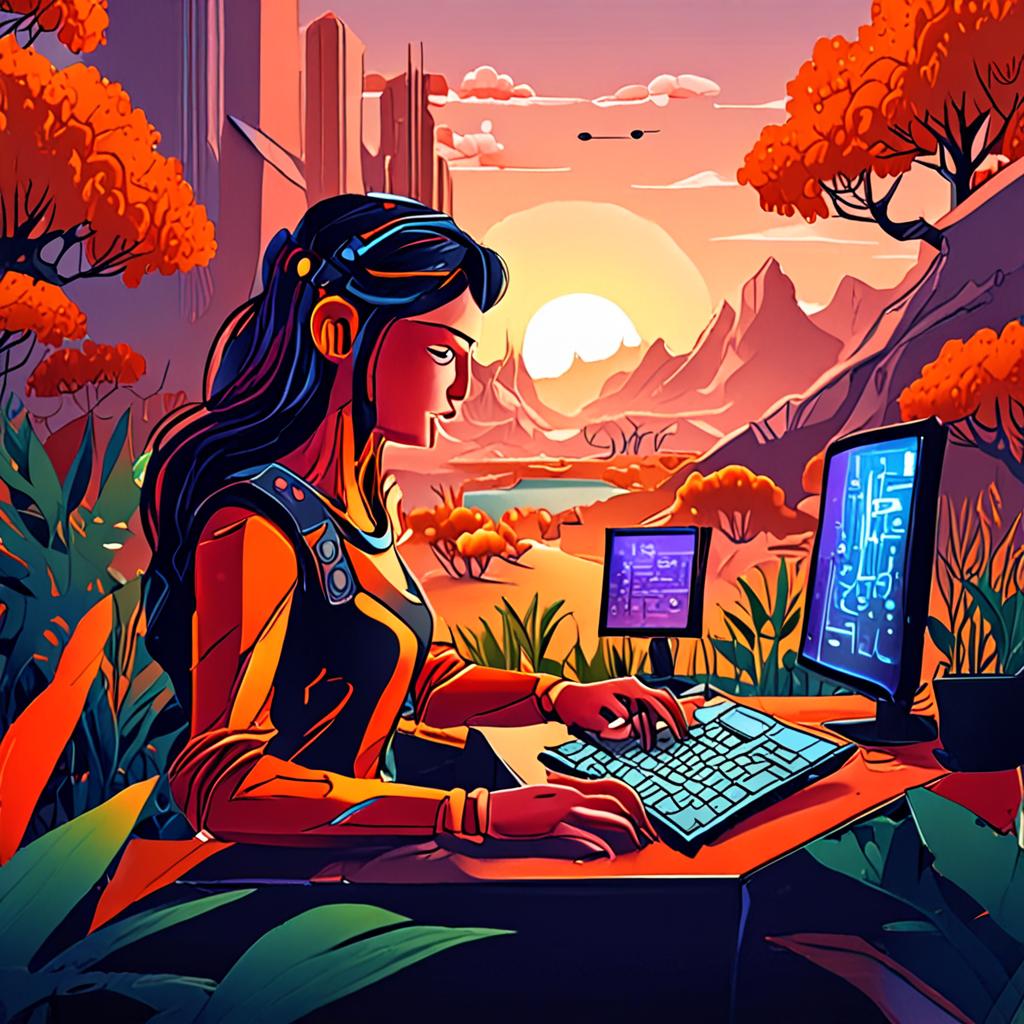Introduction
The creative workflow of professionals has become increasingly complex, with multiple tools and tasks competing for attention. Despite the promise of productivity hacks and technological advancements, many creatives still struggle to manage their workload efficiently. The traditional approach of relying on manual organization and time-consuming tasks has proven inadequate, with studies showing that the average professional spends up to 30% of their workday on repetitive tasks (Source: McKinsey).
The existing methods of streamlining creative workflows often fall short due to their limited ability to adapt to individual needs and workflows. For instance, project management tools like Asana and Trello, while helpful, require significant setup and maintenance, taking away from the creative process.
Artificial intelligence (AI) has emerged as a game-changer in this space, offering a unique solution to these challenges. By leveraging machine learning algorithms and natural language processing, AI tools can automate mundane tasks, provide personalized recommendations, and enhance collaboration. From AI-powered design tools to intelligent writing assistants, the possibilities are vast. In this article, we’ll explore the top 10 AI tools that are revolutionizing the creative workflow, and examine how they can transform the way you work.
Streamlining Content Creation: AI Tools for Writing, Design, and Video Production
The creative workflow is being revolutionized by AI tools that streamline content creation, enabling professionals to produce high-quality content faster and more efficiently. These tools leverage machine learning algorithms to automate tasks, suggest ideas, and enhance the overall creative process.
In the realm of writing, AI-powered tools like LanguageTool and Grammarly help refine content by suggesting grammar corrections, improving readability, and even generating text summaries. For instance, according to a study by HubSpot, using AI-powered writing tools can increase content production speed by up to 30%.
In design and video production, AI tools like Adobe Sensei and Lumen5 enable the automation of repetitive tasks, such as image editing and video rendering. These tools also provide predictive analytics to inform design decisions, ensuring that content resonates with the target audience.
By integrating AI tools into their workflow, creative professionals can drive measurable improvement in productivity, quality, and engagement. With the ability to produce high-quality content at scale, businesses can stay ahead of the competition and capitalize on emerging trends in the ever-evolving digital landscape.
Automating Repetitive Tasks: AI-Powered Productivity Hacks for Enhanced Efficiency
Automating repetitive tasks is a crucial aspect of optimizing creative workflows. By leveraging AI-powered tools, professionals can significantly enhance their productivity and efficiency. This involves identifying mundane tasks that consume a substantial amount of time and effort, and delegating them to AI-driven systems.
According to a report by McKinsey, automating repetitive tasks can lead to a 40% reduction in working hours for some occupations. For instance, Adobe’s AI-powered tool, Adobe Fresco, uses machine learning algorithms to automate tasks such as color palette suggestions and brush stroke simulation. This enables designers to focus on high-level creative decisions, resulting in increased productivity and better work quality.
By automating repetitive tasks, AI tools can drive measurable improvements in creative workflows. By freeing up time and resources, professionals can focus on strategic and high-value tasks, leading to enhanced innovation and competitiveness. Moreover, AI-powered automation can also reduce errors and inconsistencies, resulting in higher quality output and improved client satisfaction. By embracing AI-driven productivity hacks, professionals can revolutionize their creative workflows and stay ahead in the rapidly evolving tech landscape.
Collaborative Intelligence: How AI Tools Are Redefining Human-Machine Interaction in Creative Workflows
Collaborative intelligence refers to the symbiotic relationship between humans and AI systems in creative workflows. This synergy enables professionals to focus on high-level tasks while AI tools handle repetitive, time-consuming, or data-intensive activities. By augmenting human capabilities, AI tools enhance productivity, accuracy, and innovation in creative workflows.
A notable example of collaborative intelligence is the use of AI-powered design tools in the architecture industry. According to a report by Autodesk, AI-assisted design tools can reduce design time by up to 70% and increase accuracy by 90%. This is achieved through AI-driven generative design, which allows architects to explore multiple design options and optimize building performance.
By leveraging AI tools, creatives can drive measurable improvements in their workflows, including increased productivity, improved accuracy, and enhanced innovation. As AI technology continues to evolve, we can expect to see even more sophisticated applications of collaborative intelligence in creative workflows, transforming the way professionals work and interact with machines. By embracing this shift, creatives can unlock new levels of efficiency, creativity, and success.
Conclusion
Artificial intelligence (AI) has transformed the creative landscape, augmenting human capabilities and streamlining workflows. By integrating AI tools, professionals can automate repetitive tasks, enhance collaboration, and unlock new levels of innovation.
As we’ve explored in this article, AI-powered tools are revolutionizing creative workflows across various industries. To harness the full potential of these tools, we recommend the following next steps:
- Experiment with AI-assisted design and content generation: Tools like Prisma, Deep Dream Generator, and WordLift can help you explore new creative avenues and automate mundane tasks. Start by incorporating these tools into your workflow to see how they can enhance your output.
- Adopt AI-driven project management and collaboration platforms: Platforms like Asana, Trello, and Slack are integrating AI-powered features to optimize task assignment, deadline management, and team communication. By adopting these platforms, you can streamline your workflow, reduce errors, and focus on high-level creative decisions.
By embracing AI-powered tools and workflows, professionals can stay ahead of the curve and unlock new levels of productivity, innovation, and success.
